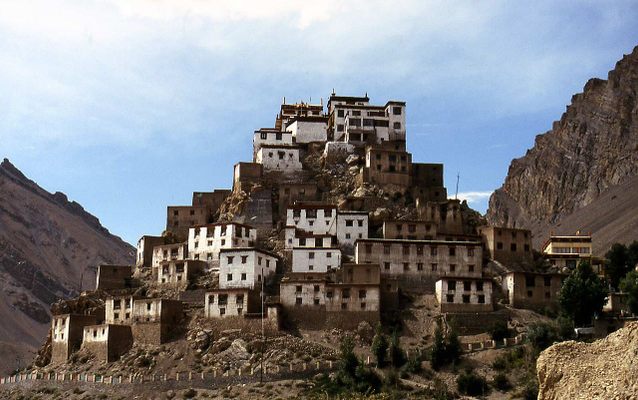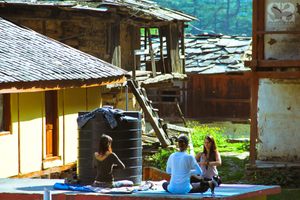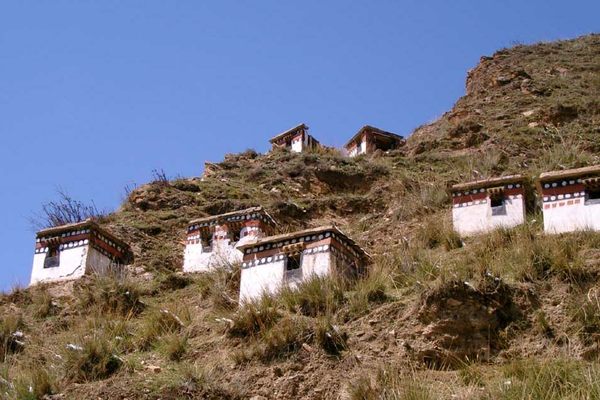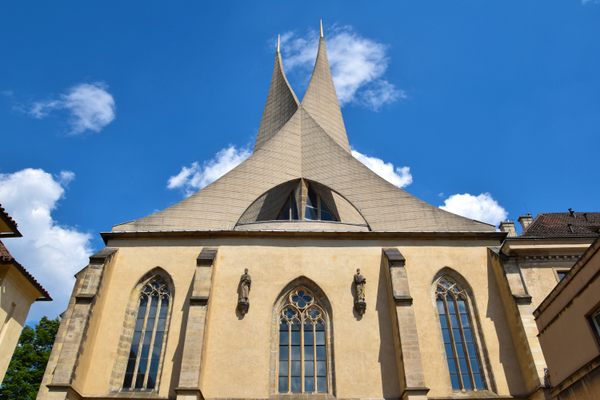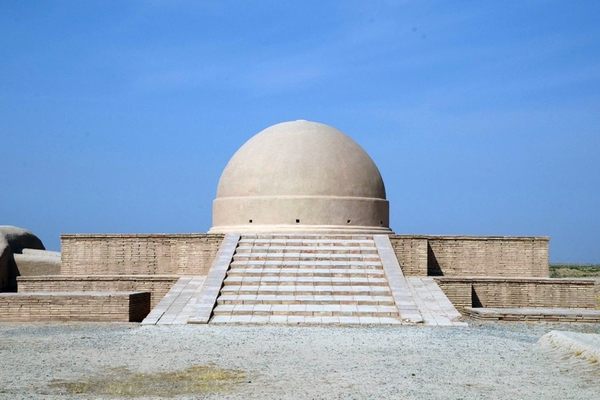About
Resting snugly within India's Spiti Valley, the Key Monastery (or Ki, or, Kye, or Kee) looks like a ramshackle temple of mysticism straight out of a fantasy novel, but this Buddhist training ground is actually the result of repeated attacks by Mongol hordes.
The exact age of the founding of the Key Monastery is not known, but it is believed to originally date back to 1100 CE, although many believe the site is even older. Now sitting on top of a mountain foothill, the early structures built by the original monks would have been much lower. However, as the peaceful Buddhists were attacked by the area Mongol barbarians the reconstruction efforts would simply build upon what had gone before, eventually creating the erratic patchwork of rooms, tight hallways, and hidden courtyards that exists today.
Much of the monastery bears a distinct Chinese design influence, like many similar structures in the area, dating back to a period in the 14th century when the style came to the area. The interiors are also rich with historic murals and documents precious to the orders which have lived in the ever-changing monastery.
Today, Key Monastery is still a fully-functioning training ground for lamas operated by a Gelug sect of Tibetan Buddhist monks. Around 250 monks reside on the site at any given time, training, farming, and generally keeping the thousand-year-old wonder alive. Inside the monastery, Jataka tales are painted in fresco style on the walls. Also, there is a large collection of Buddhist text and Thangka paintings.
Related Tags
Delhi and Rajasthan: Colors of India
Discover Colorful Rajasthan: From Delhi to Jaipur and Beyond.
Book NowCommunity Contributors
Added By
Published
February 10, 2014


